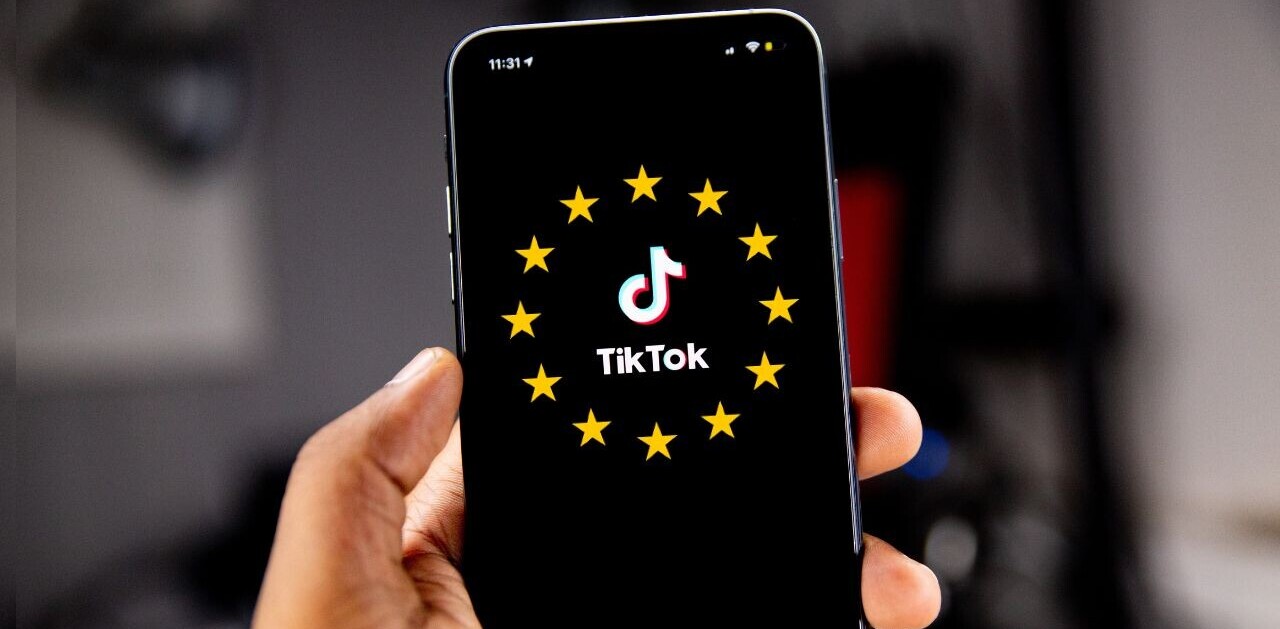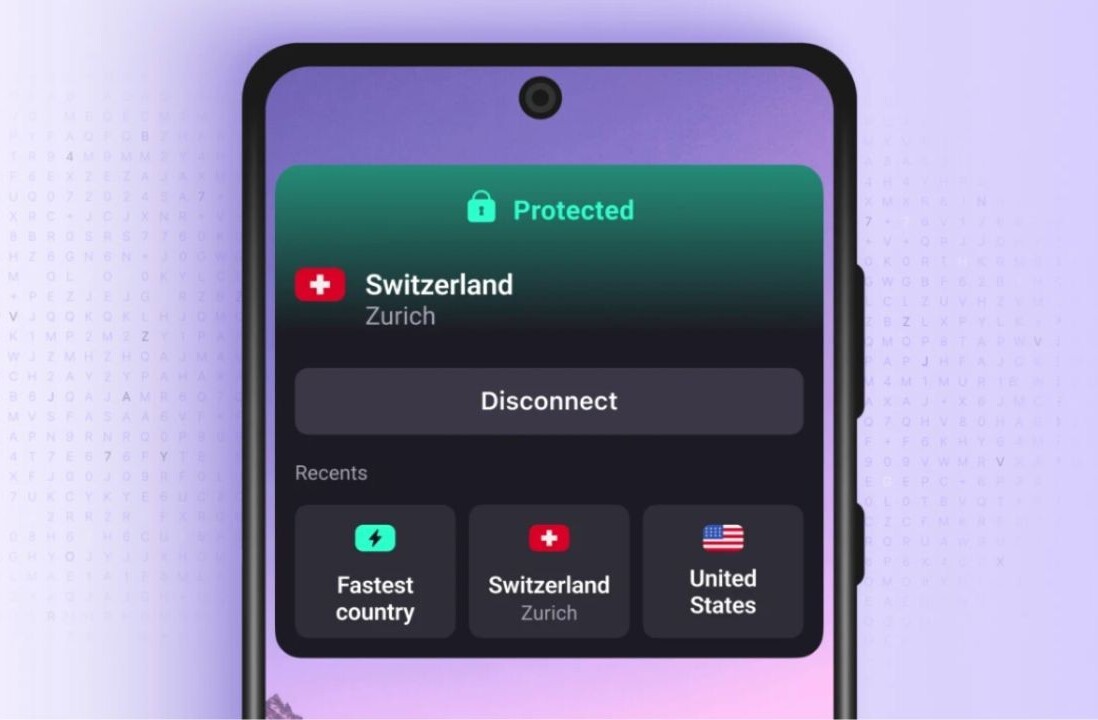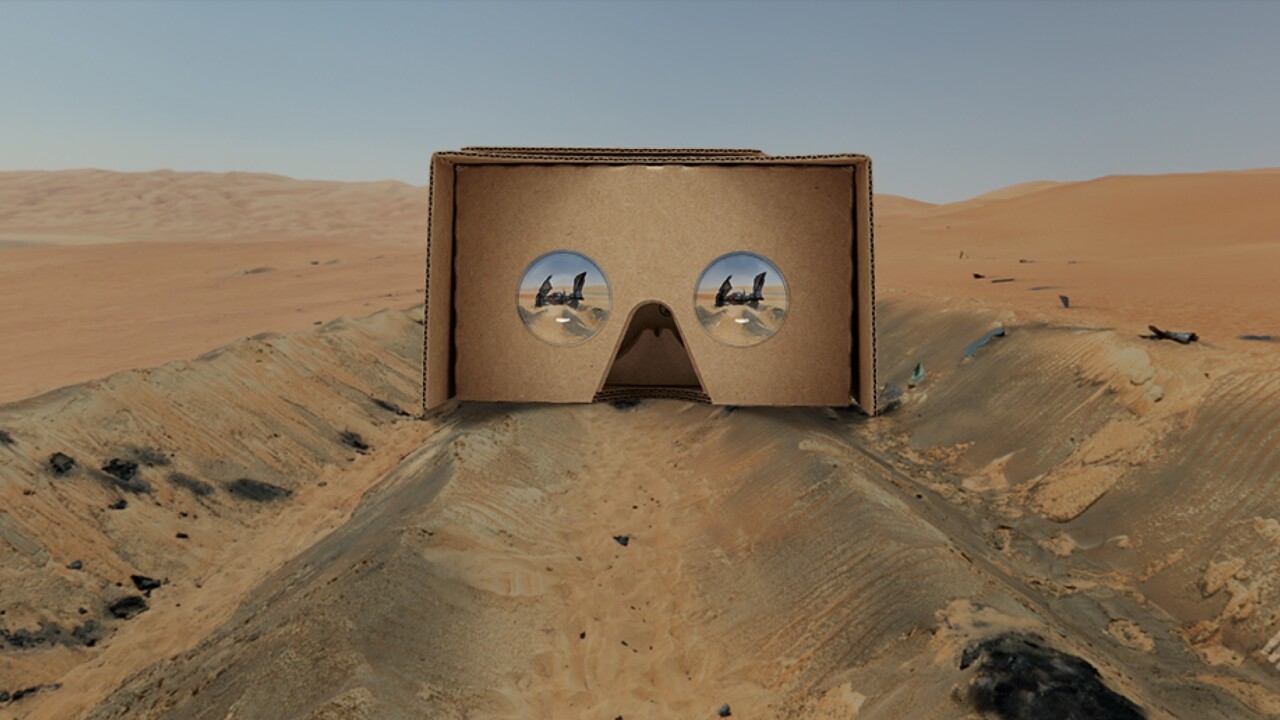
The future hasn’t turned out quite the way many of us expected it would from old movies- flying cars are nowhere to be found and so-called hoverboards are more proficient at spontaneous combustion than levitation. But there’s one prediction sci-fi got spot-on: virtual reality.
2015 is the first year virtual reality truly resonated with the public, with players like Google, Microsoft, Facebook and others taking strides to cement immersive experiences as fun, practical, and accessible. Here are some of the five ways virtual reality finally started to take hold with mainstream audiences this year.
Google gets serious about Cardboard
When Google introduced Cardboard in 2014, few people took it seriously; it was a fun toy to play around with for a few minutes, but unlikely to galvanize a virtual reality revolution. But in 2015 Google and developers came together to establish the cheap bits of corrugated paper as a legitimate platform.
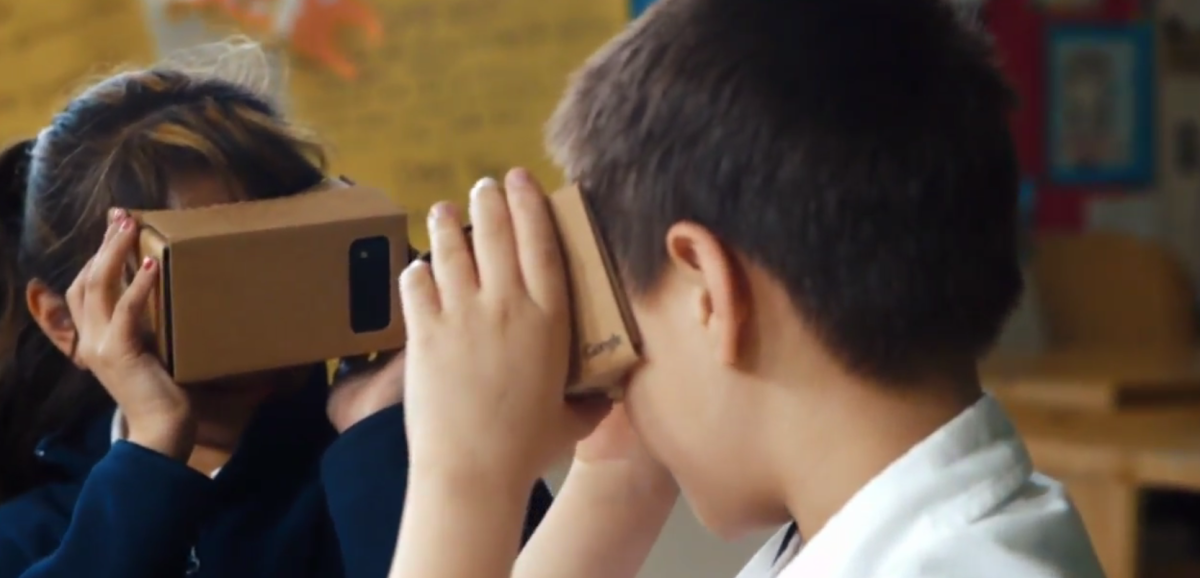
This year’s Google IO conference in May put Cardboard front and center with a new-and-improved design and an iOS app. However, the real stars of the show were the virtual reality experiences it showed off. The Jump platform (a 16-camera GoPro rig) created incredibly immersive video of real-word locations, while Expeditions – basically VR field trips for students – was a particularly inspired use for Cardboard that finally convinced me virtual reality is here to stay.
On the software front, Google added Cardboard support to YouTube and Street View in the fall, while it and third parties alike provided a plethora of new content so you have a reason to actually use the headset.
Google made virtual reality accessible to anyone with a smartphone in 2015 – here’s to hoping 2016 brings just as many cute new designs too.
HoloLens makes augmented reality practical
With most manufacturers espousing virtual reality for its new forms of entertainment and media, leave it to Microsoft to unveil hardware with an obvious productivity tilt.

Microsoft made waves in January when it announced HoloLens, taking a different route from Oculus and Google with an immersive experience that let you interact with real-world objects and spaces. It looked awesome in the original announcement, but is all the more impressive because it actually works (albeit with a limited field of view). There’s nothing quite like doing 3D modelling in actual 3D space.
That’s not to say HoloLens doesn’t have gaming chops either – Project X-Ray is straight-up sci-fi material, and holographic Minecraft is probably best Minecraft – but HoloLens made it clear augmented reality has its place for creators just as much as gamers.
Though Microsoft isn’t totally ignoring traditional VR, HoloLens’ ‘mixed reality’ showed Microsoft at its most innovative, and hopefully by the time the consumer edition launches in 2016, it’ll be even better.
360-degree video was all around us
360-degree video isn’t technically virtual reality, but it’s a step in that direction, and Google and Facebook made sure to let us know it would be a prominent part of media for years to come.
In March, Google added support for 360-degree videos on YouTube (the ads came a bit later), and began publishing interactive 360-degree films via its Spotlight Stories app. These films have since been made available on YouTube itself as well.
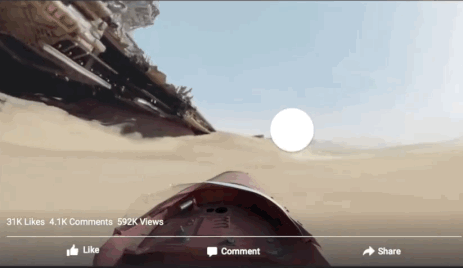
Not to be left behind, Facebook added support for 360-degree videos in the News Feed to the Web and Android in September – part of its greater video push announced at F8 – and expanded on its availability to iOS and Samsung’s Gear VR in November.
Meanwhile manufacturers like cashed in on the opportunity to release 360-degree cameras, from the tiny $349 Ricoh Theta S to the $60,000 Nokia Ozo (yes, that Nokia) for professional filmmakers.
The New York Times ships a VR app and a million free Cardboard headsets
If you needed any more proof VR is ready to hit the mainstream, consider the fact the 164-year-old New York Times decided to ship over a million cardboard headsets to subscribers to promote its new virtual reality app.

You can’t read news articles in virtual space with the app (at least not yet), but it does contain various short documentary films showcasing how VR can be used to promote powerful editorial content. As with similar content, you can also use it without a VR headset by moving your phone around, but that’s not quite as immersive.
Of course, smaller companies are looking to their own methods of VR storytelling, from 8i’s efforts to make virtual reality more ‘human,’ to YouVisit’s VR livestreams, but the NYT’s release is particularly notable for the company’s long history.
Oculus, Samsung, Sony and HTC point to an even better 2016
Perhaps no company is more associated with virtual reality right now than Oculus (which Facebook bought back in 2014 for a $2 billion). Though a final version of the Oculus Rift hasn’t shipped just yet, we did get a better idea of what the final consumer edition will look like (a lot less chunky). More importantly, we got to look at the awesome new gesture-sensitive controllers.
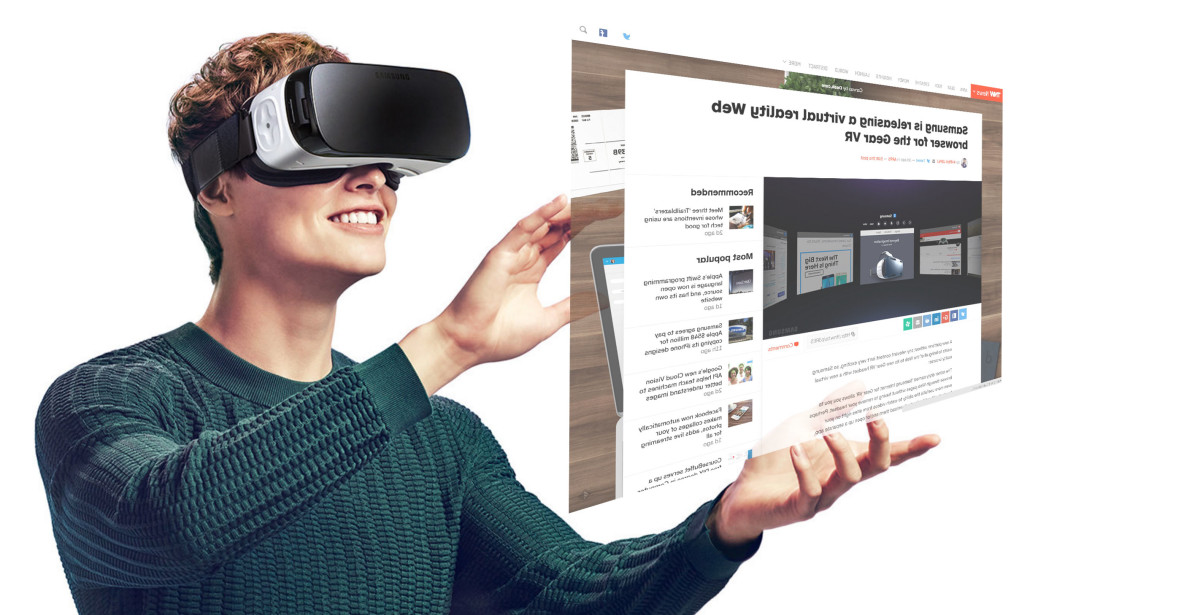
For those who couldn’t wait until the anticipated Q1 2016 release date, Samsung and Oculus teamed up to produce the $99 Gear VR, which is basically Google Cardboard on steroids thanks to its much more comfortable design and specialized motion tracking hardware. At $99, it’s currently the best VR experience available, and will only get better as the two companies flesh it out with more apps – though even just Web browsing in VR can be pretty fun.
Sony announced the PlayStation VR way back in 2014 (then called Project Morpheus), but told us this year it would ship in the first half 2016. It also partnered with NASA for a space training project.
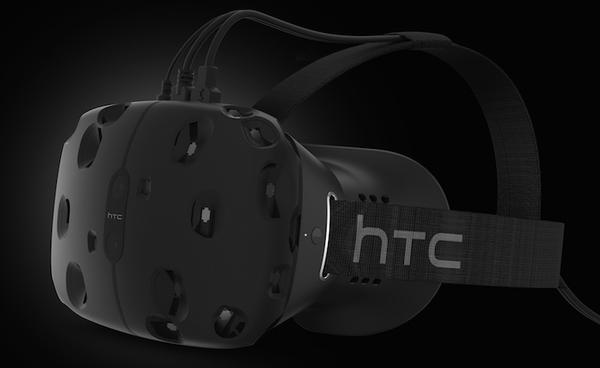
Perhaps the most surprising VR newcomer in 2015, HTC partnered with Valve to announce the Vive VR in March. Though it’s largely similar spec-wise to the Rift, HTC’s special trick is its body-tracking hardware and software, which allow you to move about in a 15′ x 15′ space within so you can interact with your environments more realistically.
2015 was a great year for early adopters, but it mostly established the first stepping stones for VR to enter the mainstream next year. Here’s to an even more immersive 2016.
Get the TNW newsletter
Get the most important tech news in your inbox each week.
